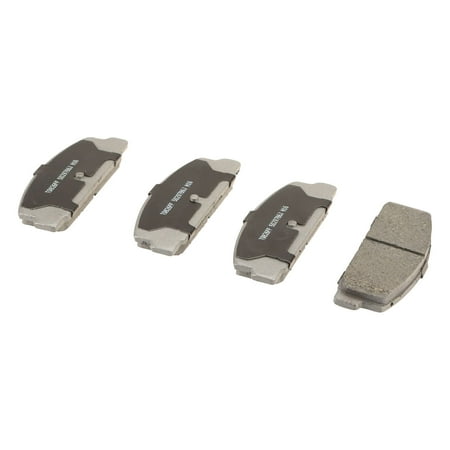Rear Brake Cable Wire 10Pcs 6Ft Length Steel Universal Bike Bicycle
Description:Help you hold the brake well.You can cut the cable shorter if it is too long.Fit for all types of bikes, like the common bikes, mountain bikes, city bikes, etc.Specifications:Product Name: Bicycle Rear Brake CableMaterial: SteelColor: Silver ToneLength: 1.85m/ 6FtSteel Wire Diameter: 1.3mm/0.05″Package Content: 10 x Bicycle Rear Brake Cable








Reviews
There are no reviews yet.